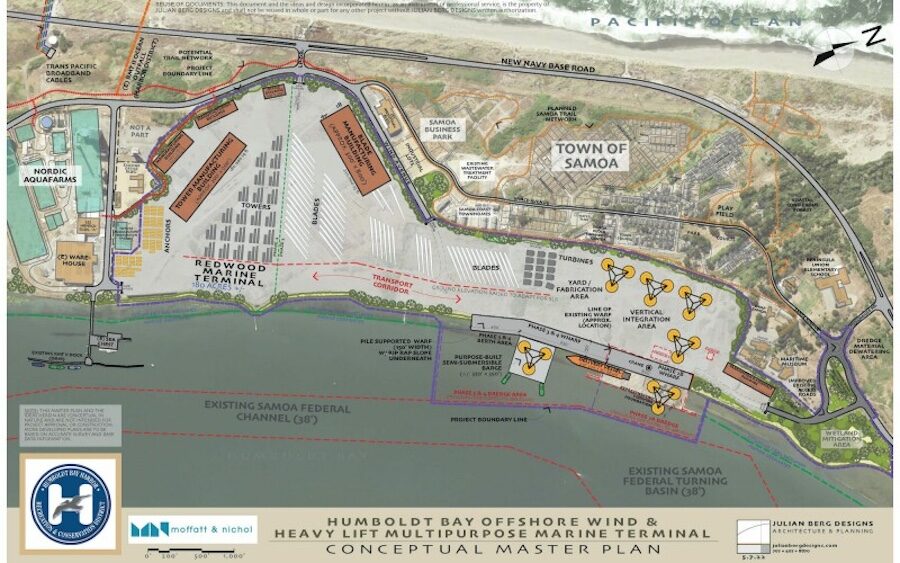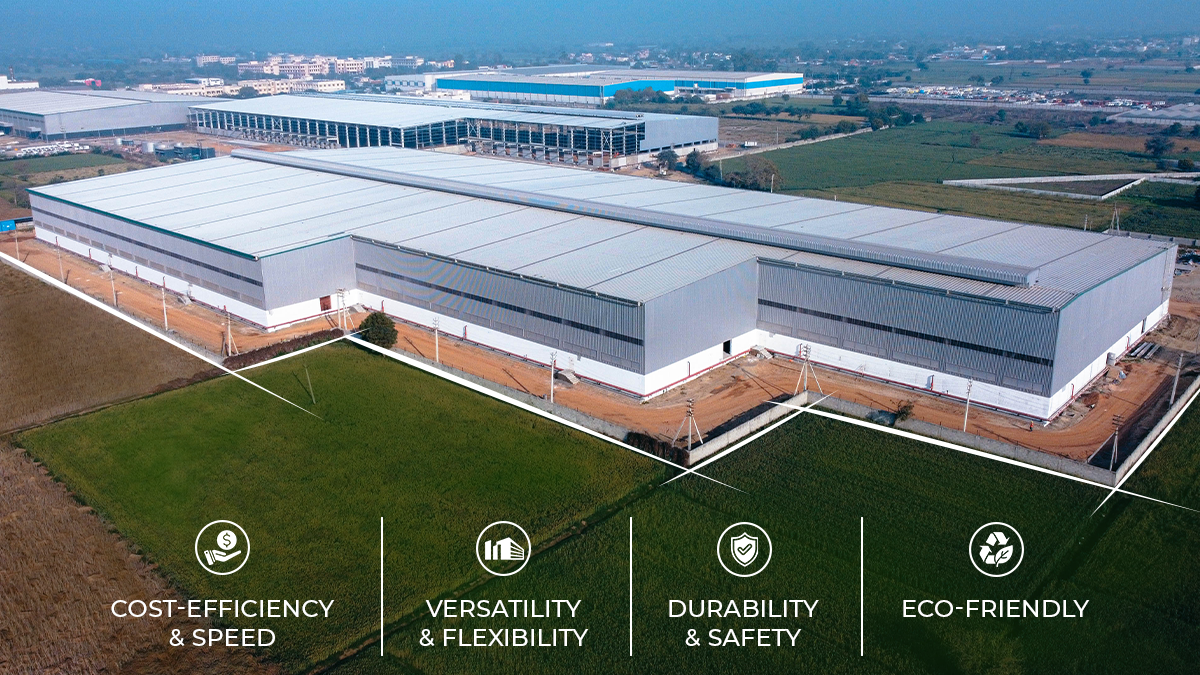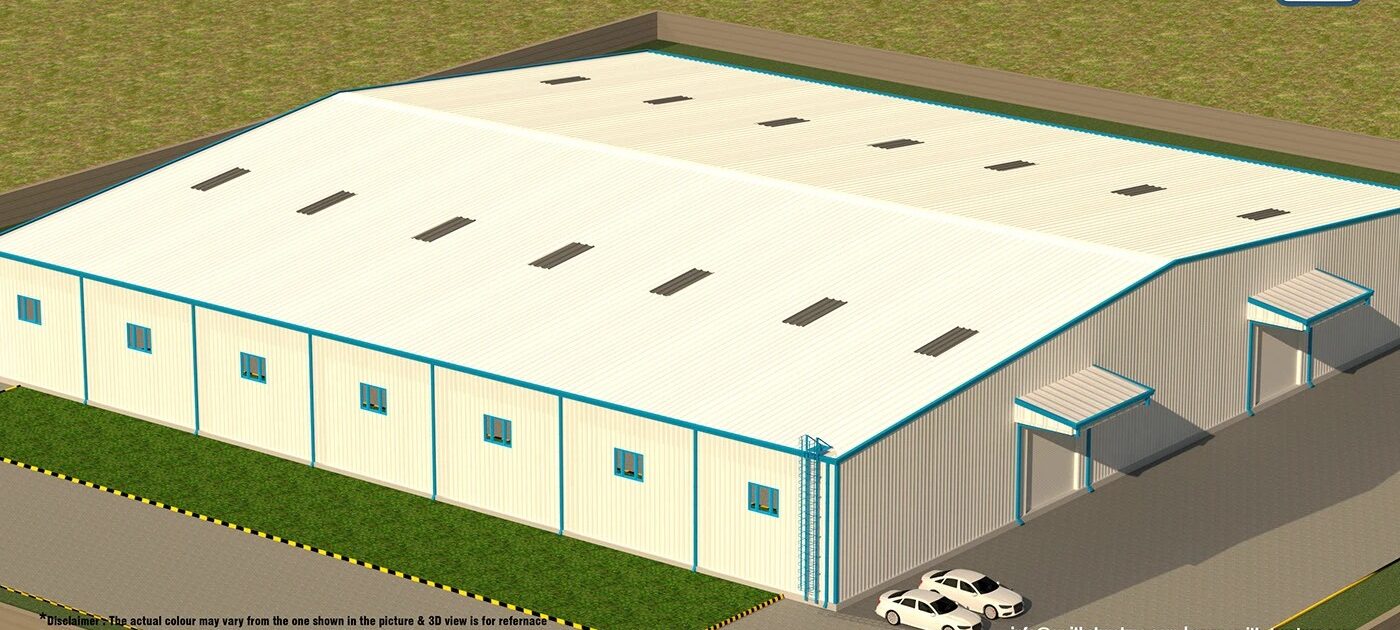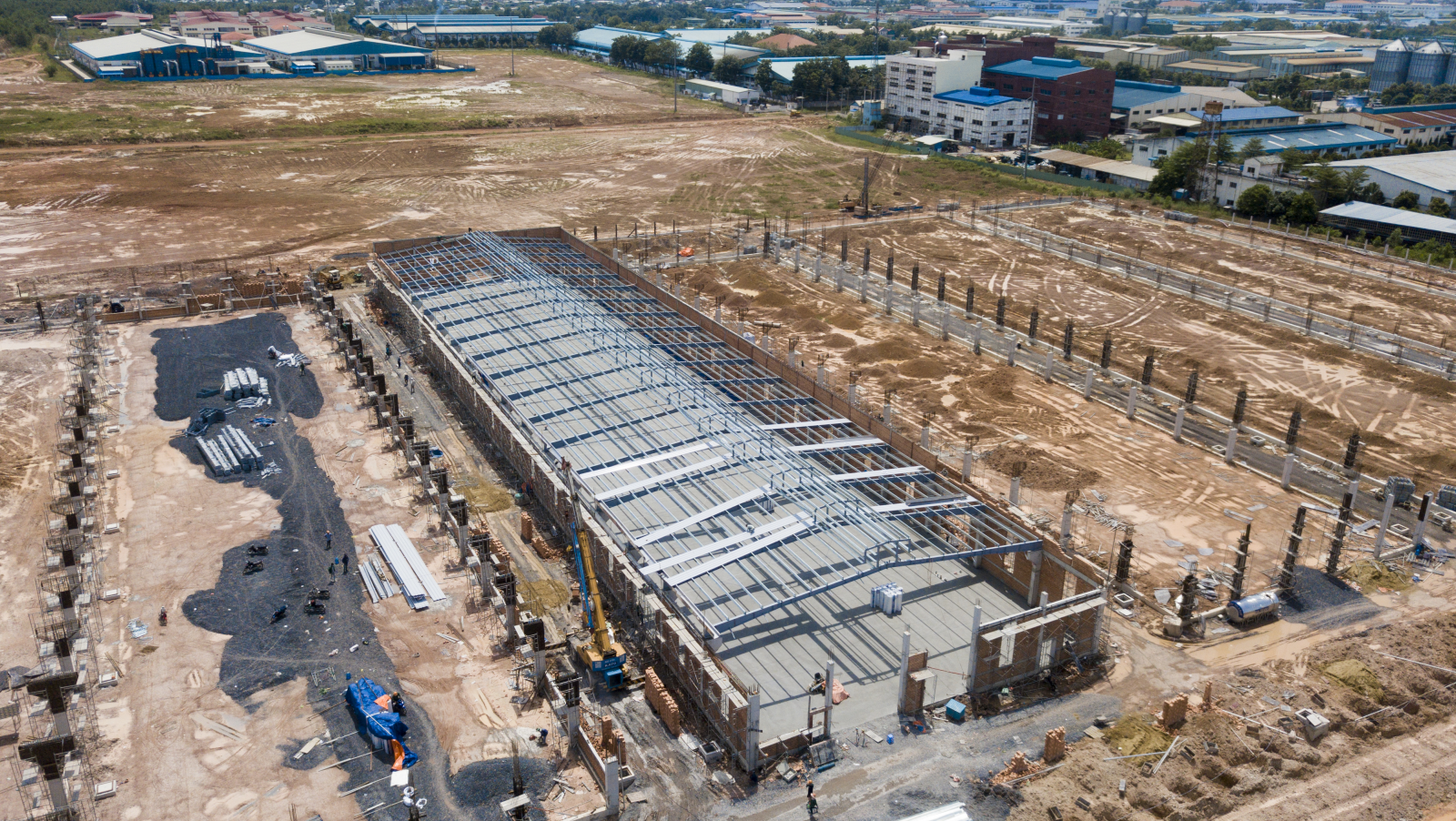
$850M California Port Project Presses on Despite Opponents’ Push to Rescind Federal Funding
[ad_1]

Offshore wind energy opponents are urging federal officials to revoke a $427-million U.S.-government grant awarded by the Biden administration to expand and upgrade Redwood Marine Terminal in Humboldt County, Calif., to partly accommodate approved floating wind power construction—but local officials are proceeding with the proposed $850-million infrastructure development.
Groups aligned with the National Offshore Wind Opposition Alliance petitioned U.S. Transportation Secretary Sean Duffy last month to rescind the 2024 grant to the Humboldt Bay Harbor, Recreation and Conservation District in Eureka, citing a directive from President Donald Trump to reassess federal wind energy project approvals and labeling the grant a “misappropriation of federal funds.” The project also had received In 2023, a separate $9 million federal grant to create a wind development master plan to begin studies, design and permitting and create a project management and grant administration process.
But the expanded infrastructure will support growing shipping needs of the port located 280 miles north of San Francisco as well as those related to the emerging state offshore wind industry, Humboldt Bay Harbor Executive Director Chris Mikkelsen told ENR.
The expansion and modernization includes a 1,200-foot wharf, a 40-acre upland staging area and deep-water berths able to accommodate specialized vessels needed for wind turbine transport. It also supports environmental restoration, on-site renewable energy and community access improvements Planning for the project is nearing 30% complete and is expected to wrap in 2026, Mikkelsen says. The district also is set to release an RFP to select a port operator.
“We’re planning for a modern, heavy-lift marine terminal with a variety of uses,” Mikkelsen said, citing bulk cargo and wood products as markets that would benefit from an enlarged and improved port. “We want to be a revitalized and flexible port,” he added, while emphasizing the scale of offshore wind opportunity: “The wind resources are greatest in this part of the state.”
‘Economic Development’
The port would support assembly and installation of turbines hundreds of feet high that are planned about 20 to 30 miles offshore of Humboldt Bay in northern California. U.S. and European developers offered more than $757 million for five ocean tract leases there and offshore of Morro Bay, about 500 miles south in a December 2022 federal auction for deep-water energy projects that will require floating wind turbines. The U.S. Interior Dept. said they have potential to produce more than 4.6 GW of offshore wind. The state has set floating wind energy goals of up to 5 GW of capacity by 2030 and 25 GW by 2045.
“We will be rehabilitating an obsolete marine terminal for modern trade and commerce,” Mikkelsen said. “This is true rural economic development. This is what our administration has said it wants to invest in.”
One winning bidder, Germany-based renewables developer RWE, had begun site investigation work last year on its 1.6-GW commercial scale project off the Humboldt Bay area, called Canopy Offshore Wind—but since the Trump administration, it has paused work and cut staff, it said in a regulatory filing in March. The firm also has paused work to develop a larger project it won in a 2022 federal auction located offshore of New York and New Jersey called Community Offshore Wind.
Despite surging energy demand, “ we remain cautious given the political developments,” RWE’s CEO Marcus Krebber told investors and analysts on April 30. “We have introduced higher requirements for future investments in the US,” including having necessary federal permits in place and tax credits “safe harbored.”
Vineyard Offshore, another winning developer in California, also has halted work and cut staff. “In an effort to position our projects for sustainable long-term success, we have made the difficult decision to reduce our current team size in light of recent market uncertainties,” the company told local media. “We look forward to continuing to advance these transformative American energy projects in the years ahead.”
But offshore wind proponents in California say the industry’s long-term potential—and state financial and policy support—make it resilient to pushback from Washington.
“Despite the new federal headwinds, California is staying the course on offshore wind,” said Adam Stern, executive director of Offshore Wind California, a trade group representing developers and supply chain companies.
State Funding
To support clean energy goals, the state has provided funding in multiple ways. Voters approved in 2022 a $10-billion climate bond, including $475 million for offshore wind port infrastructure. The budget currently proposed by California Gov. Gavin Newsom (D) would release an initial $228 million of that funding. Separately, the California Energy Commission is preparing to allocate $42.8 million for waterfront facility upgrades and awarded last year $11 million for design and permitting.
The California Independent System Operator, which operates the state power transmission system, has also signaled long-term alignment with offshore win energy. Its 2024–2025 transmission plan reserves 1.6 GW of grid capacity for offshore wind from the Humboldt Bay area by 2039 and has identified need for multiple staging and integration ports to meet long-term offshore wind targets.
In March, the Port of Long Beach near Los Angeles was notified that the state energy commission is considering award of a $20-million grant to help fund engineering, environmental analysis and community outreach for its projected $5-billion Pier Wind project, envisioned at its 2023 launch as the largest facility in the U.S. designed to accommodate assembly of floating offshore wind turbines. Along with the Humboldt Bay project, it would anchor the state’s multi-port strategy to eventually serve construction and operation of the lease areas.
“Currently undergoing environmental review, Pier Wind would involve creating 400 acres of new land for a terminal capable of handling heavy-lift crane operations to stage, store and construct some of the world’s largest offshore wind turbines,” said Suzanne Plezia, port managing director of engineering services.
Meanwhile, related to opponents’ lawsuit to halt work on a major East Coast offshore wind project—a 2.6-GW giant being built by Virginia based utility firm Dominion Energy off the state’s southern coast—a U.S. federal court judge ruled late last month that she has halted the litigation until September. The suit, recently joined by the Trump administration, claims the project was not properly reviewed in 2023 for environmental impacts. Judge Loren Alikhan in Washington, D.C. stayed the case “until further notice,” further ordering that “on or before Sept. 19, the parties shall file a joint status report advising the court whether the parties wish to proceed with this matter.”
Dominion Wind said the project is nearly 60% complete as of late June, with 108 of its 176 monopile foundations installed and construction of its 14-MW turbines set to begin this year using the now built Charybdis installation vessel.
[ad_2]
Source link
Post a Comment
You must be logged in to post a comment.






